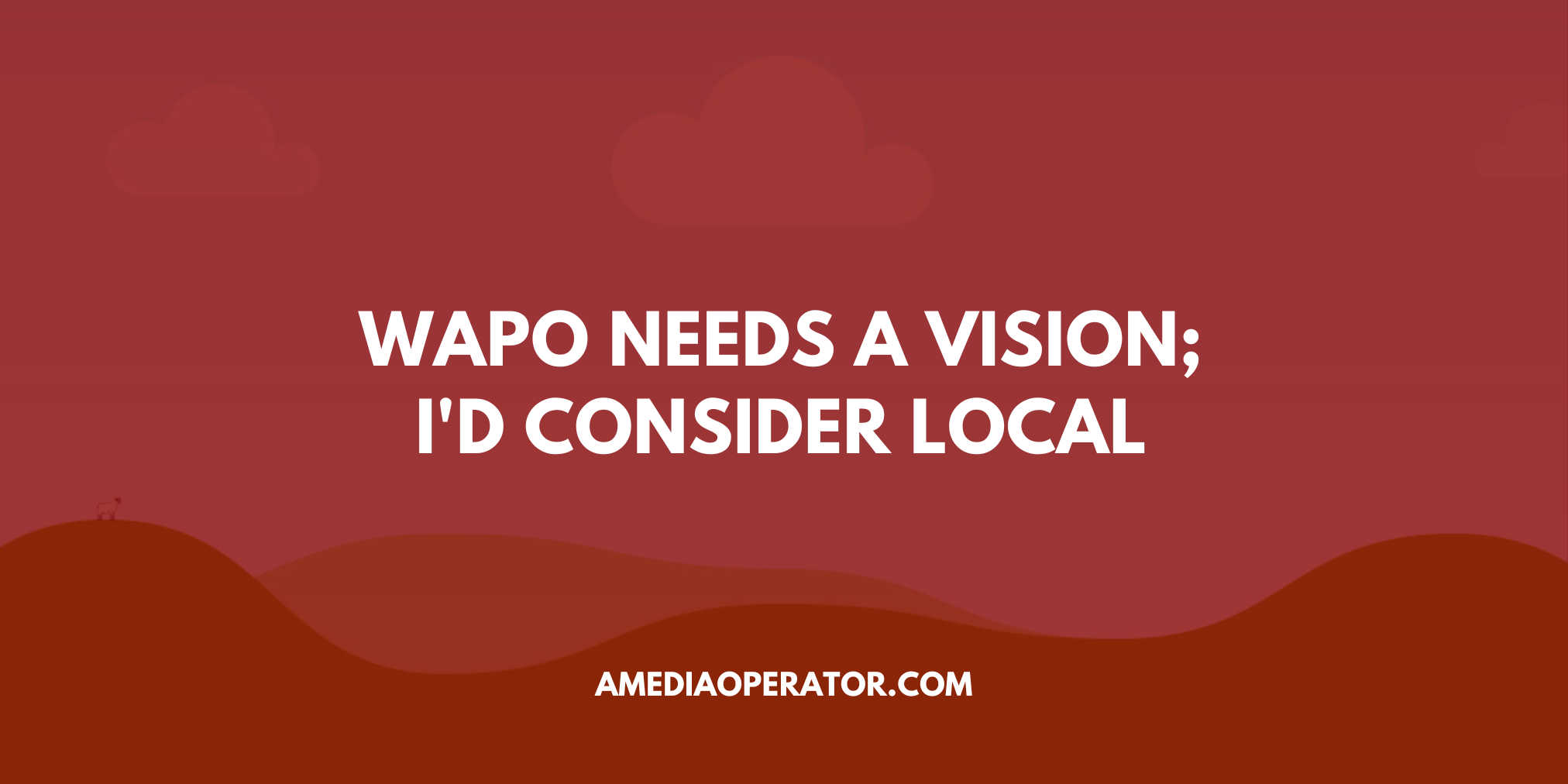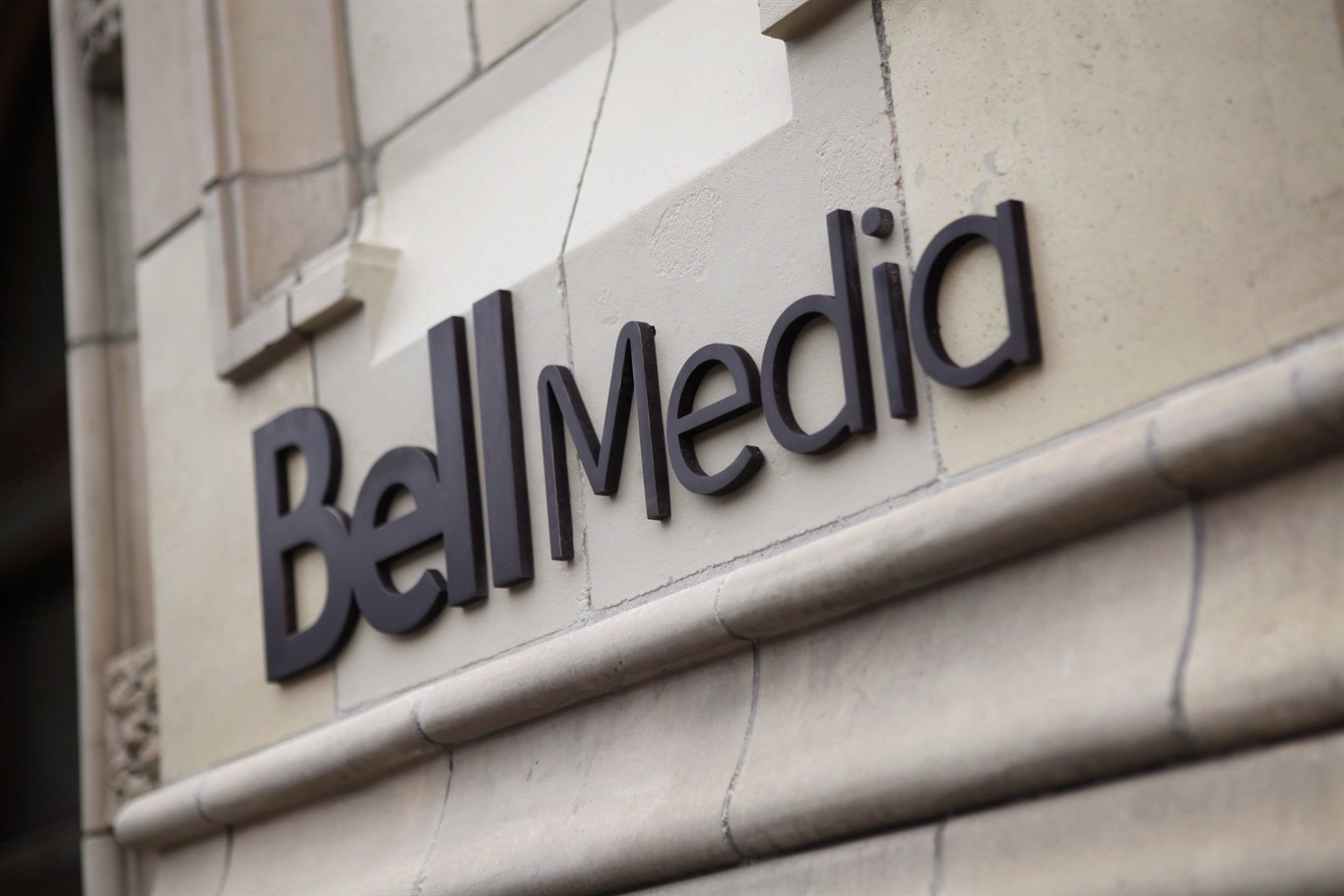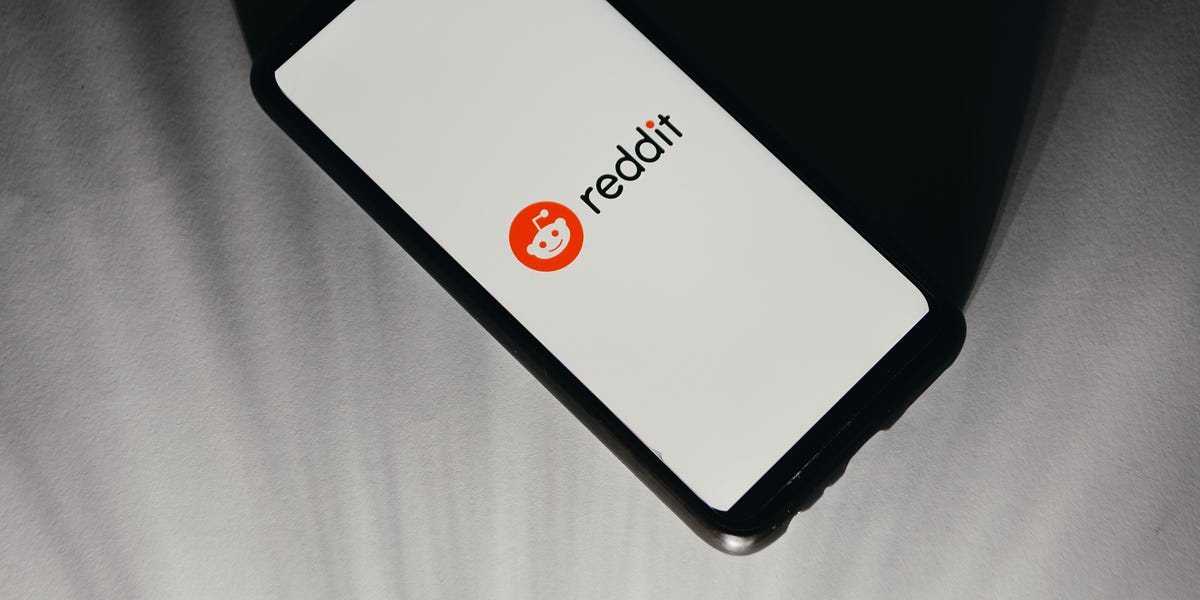- Digital Media Products, Strategy and Innovation by Kevin Anderson
- Posts
- Reuters Digital News Report 2023: Publishers must prove the value of their subscriptions
Reuters Digital News Report 2023: Publishers must prove the value of their subscriptions
Should the Washington Post try to right the ship by going large and local?

This week the Reuters Institute released its annual digital news report, and while it reinforced a number of themes that have been at play in digital media for a while now. The value of the report is that it adds important data to these trends so that it gives media leaders more confidence and also helps them understand the intensity of trends. The trends that stood out for me are:
The shifts in social platforms are well known, but the thing that jumps out is that direct traffic to sites and apps has declined by 10% since 2018.
The behaviour of youth audiences and audiences older than 25 is diverging even more than in the past.
Subscription growth has stalled in a number of countries, and attitudes seem to be hardening amongst those who don’t have a subscription that they would never buy a news subscription.
Subscriptions cancellations are up and due to increases in the cost of living but also because people don’t see the value in the subscriptions or don’t have the time to get all of the value they want to justify the cost of the sub.
There is also some really fascinating information in the report about news avoidance, and the report is really valuable about the level of detail that it goes into about what and why people are avoiding news. A minority is avoiding news entirely, but even they have gone on a news diet, meaning that they still pay attention to the big stories of the day. What jumped out was that some people want positivity and solutions, which strikes me that there is an opportunity for new products that attract those members of the audience looking for something different.
There has been a business and philosophical debate about whether the pivot towards subscriptions is cutting off broad public access to news and journalism. Simon Owens is having none of it, and I tend to agree.
Just taking the two countries where I have a passport - the US and the UK - there are free, high-quality options including the BBC in the UK and NPR and PBS. And even though I can get a bit snobby about it, TV news play an important role in the US when it comes to local journalism.
And I think it depends on which way you look at equity in this equation. Yes, people need good sources of news and information, but the reporters, editors and other staff need good, quality jobs that meet their cost of living. Balancing that is ever more difficult, but saying that information should be free, subsidised by Corporate America, as Lydia Polgreen does in the New York Times, brings its own issues.
Execution is important, but looking at this model, it is based on truly local coverage that is so valuable to the community that they have gained community subscribers. That shouldn’t be a revolutionary, but it is a model that can and should be replicated. It is very much needed and will support not only government accountability but also community cohesion.
Fortunes for the New York Times and the Washington Post have diverged with the NYT growing by leaps and bounds driven by a diversifying subscription product portfolio. WaPo has instead based its future on technology, with its Arc XP CMS, and it has lost suscribers and key members of its leadership team, both in the C-suite and also in its product ranks.
Here is an interesting proposal. Go large and local by buying a local news chain and leverging Arc XP to create a network local subscription product.
The Washington Post needs to do something, but if a large local news network was a money spinner, then the large chains would be doing better than they are.
It’s another tough week for media workers in North America with cuts at a major regional NPR station in California due to a dip in ads and also at Fox News. But this is the major cuts that





